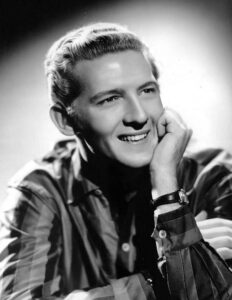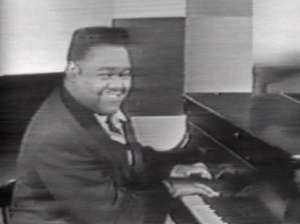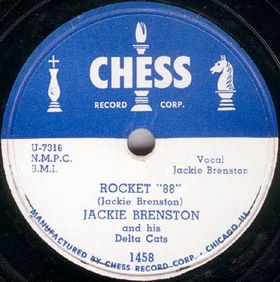🎸 Sister Rosetta Tharpe: The Godmother of Rock and Roll
Before Elvis shook his hips or Chuck Berry duck-walked across a stage, Sister Rosetta Tharpe was already setting the world on fire. Born in 1915 in Cotton Plant, Arkansas, Rosetta grew up singing gospel with her mother. By the time she was six, she was performing in churches and turning heads with her powerful voice and guitar skills.
But this wasn’t just gospel music. Rosetta made it swing, stomp, and shout. She played her guitar loud and fast. She bent notes, picked with rhythm, and wasn’t afraid to get gritty. It was gospel, but it rocked—and it was like nothing anyone had heard before.
🔊 A Sound Ahead of Its Time
In 1944, Rosetta recorded “Strange Things Happening Every Day.” It hit the R&B charts and crossed over to secular audiences. Many music historians call it one of the very first rock and roll records. While others were crooning or playing sweet swing, she brought distortion, soul, and a backbeat that made people move.
Her shows were electric—literally and figuratively. She played a white Gibson SG guitar, cranked the volume, and wore bright dresses with high heels while doing it. She had the chops of a bluesman and the energy of a revival. When she played, people shouted, danced, and believed.
🎤 The Artists Who Listened
 She didn’t just pave the road—she laid the concrete for others to drive on. Elvis Presley, Little Richard, Johnny Cash, Jerry Lee Lewis, and Chuck Berry all named her as a major influence. Little Richard once said that Rosetta gave him his first big break. Johnny Cash called her his favorite singer.
She didn’t just pave the road—she laid the concrete for others to drive on. Elvis Presley, Little Richard, Johnny Cash, Jerry Lee Lewis, and Chuck Berry all named her as a major influence. Little Richard once said that Rosetta gave him his first big break. Johnny Cash called her his favorite singer.
In 1964, long before most rock stars had crossed the Atlantic, she performed a legendary concert at a train station in Manchester, England—playing to a crowd of young British fans who would go on to become the next generation of rock royalty.
🎥 Watch Sister Rosetta Tharpe blow minds in 1964:
YouTube: “Didn’t It Rain” – Live on a rainy train platform
🚫 Forgotten for Too Long
For decades, the history books left her out. Maybe it was because she was a Black woman. Maybe it was because she sang gospel. But the truth is, Sister Rosetta Tharpe helped invent rock and roll.
Thankfully, the world started to remember. In 2018, she was finally inducted into the Rock and Roll Hall of Fame in the “Early Influences” category. Fans cheered. Musicians nodded. And history finally caught up.
🌟 Her Legacy Lives On
Today, Sister Rosetta Tharpe is right where she belongs—at the heart of rock history. Her music still inspires. Her guitar licks still ripple through every solo. And her bold, joyful spirit lives in every artist who dares to play loud and stand tall.
So the next time you hear a fuzzed-out guitar or a singer letting loose with holy fire, think of Sister Rosetta. She was the godmother, the trailblazer, and one of the coolest rockers ever to plug in and play.
🎶 “Strange things happening every day…” 🎶












